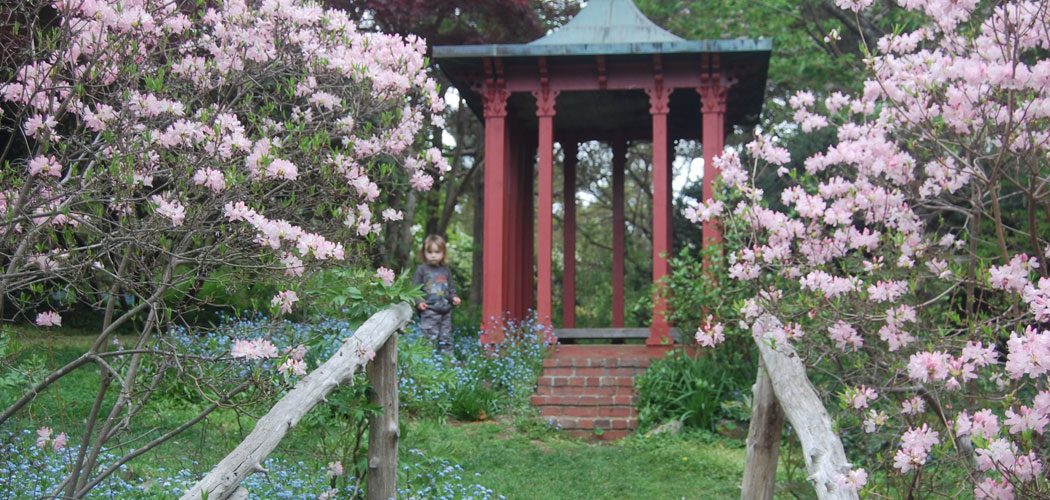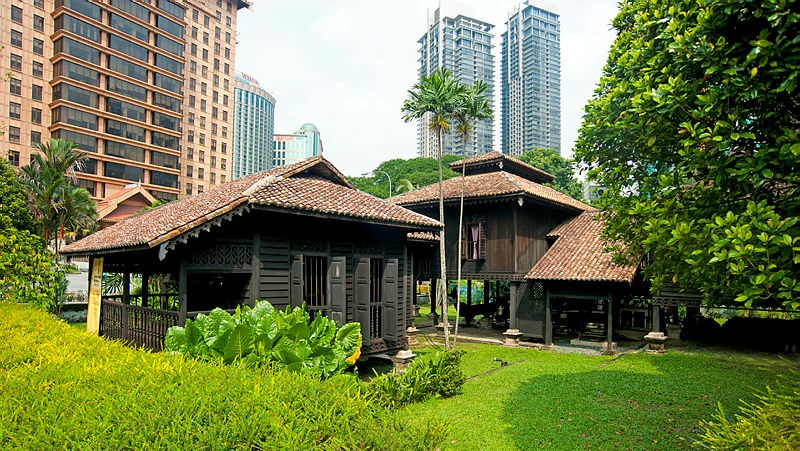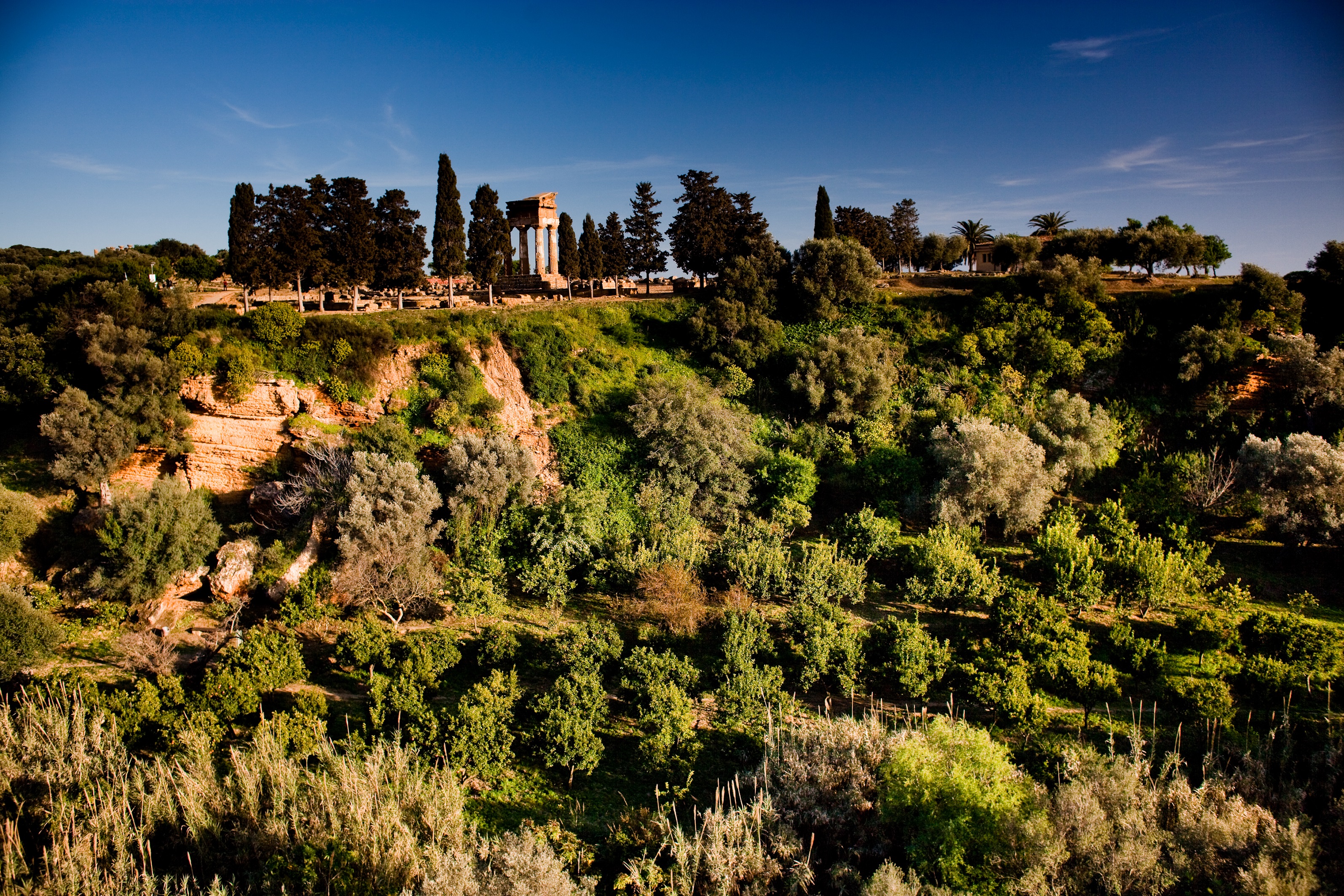-
10 National Trust gardens to explore (Weekly blog, 7 January 2018)
Posted on January 8, 2018A blog by Catherine Leonard, Secretary-General
Next week, I’m giving a talk to a local gardening club. So I thought I’d share some of my research. I was a latecomer to the enjoyment of visiting gardens. Having grown up with a massive garden which seemed to occupy much of my parents’ time, perhaps I was resentful? I do recall aged 8, a visit to the gardens at Versailles. Beautiful as they were, I was still annoyed at not being allowed inside. (I expect it was cheaper not to visit the Chateau … )
I probably discovered the joy of garden-visiting when I joined the National Trust, had a garden of my own and children to ‘exercise’. For several years, we lurked in NT gardens hardly daring to take our offspring indoors. Nothing to do with cost. We didn’t want to disturb people enjoying a quiet country house visit. Whereas outdoors the Trust was encouraging children to climb trees and roll down banks, houses felt a bit off-limits. (Needless to say, that’s no longer – if it ever was – true and families receive a warm welcome everywhere.)
I have been lucky enough to visit a few INTO gardens – although I’m by no means an expert. Here are my favourites – some actually visited, others explored virtually. (And remember, you may be able to visit some sites for free under reciprocal arrangement schemes between INTO member organisations – please check before you travel.)

Czech National Trust volunteer team
Memorial to Marie von Ebner-Eschenbach, Zdislavice, Czech Republic
Gardens can be a good place to start when a Trust takes on a new property. Of course restoration or recreation requires historical knowledge and skill in planting and construction. But it’s amazing what a gang of enthusiastic volunteers can achieve with the right tools and leadership!
The Czech National Trust acquired its first property, the Tomb of Marie von Ebner-Eschenbach, a 19th century author, in 2015. The surrounding land, formerly an English landscape park, was overgrown and ramshackle. But the Trust has set about clearing the garden, supported in part by groups of volunteers on INTO Working Holidays! The work has revealed a turn-of-the-century glasshouse, hidden in the undergrowth. The Trust plans to develop this into a new visitor centre with the help of architecture students from Prague.
This is a work in progress but if you’re after the finished article, I can recommend a visit to nearby Kroměříž. Here, the archbishops of Olomouc created a glorious castle and garden, listed as a UNESCO World Heritage Site. Miloš Forman even used the interior in his famous film Amadeus.

Participants from Poland, Czech Republic, Hungary, England, Slovakia and Australia at National Trust for Scotland’s Culzean Castle
Culzean Castle and Country Park, Ayrshire, Scotland
Secondly, perched on the edge of 150ft cliffs above the Firth of Clyde stands the magnificent Culzean Castle. I was lucky enough to visit in 2011 as part of our Central European Project and fell in love. Robert Adam rebuilt the house in the late 18th century and it is full of stories and treasures. But it’s the garden that hooked me. 600 acres of beautiful countryside with woodland walks, terraced gardens and sandy beaches dotted with caves.
I thought we had a lot of ‘sheds’. Culzean has around 40 outbuildings and follies including a Victorian Vinery and Peach House, an Ice House and even a Gasworks! From Swan Pond to Victorian Walled Garden; Fountain Court to Wildlife Garden, Culzean is full of wonders. Internationally, Culzean holds particular significance to Americans due to its association with Dwight Eisenhower. The President was gifted an apartment at the top of the castle in recognition of his service in World War II. You can even now stay there yourself!

Garden at Rippon Lea, Melbourne, Victoria
Rippon Lea, Victoria, Australia
From Ayrshire to Australia and Rippon Lea. If you’ve ever visited Cragside in Northumberland, they feel a little alike. Both built by Victorian visionaries, Frederick Sargood and Lord Amstrong respectively. Both made elaborate use of water engineering, had indoor toilets and private electricity supplies!
Like Armstrong, Sargood was a keen gardener. After he died, Rippon Lea was bought by a consortium and used for entertaining. They sold off parcels of land, although they maintained the garden. Benjamin Nathan eventually bought the property and returned the house to a family home. Like Sargood he was very keen on gardening and loved orchids. He employed 17 gardeners and built 14 glasshouses!
In the 1950s, Benjamin’s daughter Lulu sold some land to ABC for their television studios. In 1963 the Government wanted to compulsory purchase a further 4 acres of land to extend the studios. Lulu fought the order to the High Court but lost. There was a demonstration against the acquisition that attracted 10,000 people. Lulu then made arrangements so that, when she died, the house and land at Rippon Lea would pass to the National Trust. Which it did in 1972. And the State Government withdrew the acquisition order.
The garden covers almost 14 acres and includes a large lake, extensive shrubberies and flower gardens, an orchard of historically significant fruit varieties, a fernery, rose gardens and many other features. It is now tended by a Head Gardener, staff of five gardeners and a team of volunteers.

The pagoda at Long Hill Garden, picture by Greg Cook.
Long Hill, Beverly, Massachusetts
Long Hill has been renowned for its gardens for almost a century. Atlantic Monthly editor and publisher Ellery Sedgwick bought the property in 1916 for its lovely views of the Massachusetts North Shore. But his wife Mabel Cabot Sedgwick, an accomplished gardener and horticulturist, had ambitious plans for their summer retreat.The gardens are arranged in a series of separate garden ‘rooms’ surrounding the handsome, Federal-style, brick house. Each room is distinct in its own way, accented by ornaments and statuary.
After her death in 1937, the second Mrs. Sedgwick, the former Marjorie Russell, a rare plants specialist, sustained and expanded Mabel’s vision. Marjorie added new and rare species of trees and shrubs to the estate.
Finally, the gardens are flanked on all sides by more than 100 acres of woodland as well as an orchard, meadow, children’s garden, and agricultural fields, including a 2-acre organic vegetable farm now run by The Food Project as a Community Supported Agriculture project. The Food Project brings young people out from the city to grow food in a sustainable way. The produce is then donated to hunger relief charities or sold at farmers markets in low-income neighbourhoods.
There is definitely something of Octavia Hill’s “outdoor sitting rooms for the poor” about Long Hill!
Rumah Penghulu, Badan Warisan Malaysia
Rumah Penghulu Abu Seman, Kuala Lumpur, Malaysia
I’m sure Octavia Hill would have approved of the Rumah Penghulu too. Surrounded by high-rise buildings, it provides an oasis of calm in the centre of busy Kuala Lumpur. Built in the early twentieth century in a small northern village, this vernacular building was rescued, relocated and restored by Badan Warisan Malaysia in the 1990s.
Today, it is one of the oldest surviving traditional Malay houses. And around it grows a traditional herb and heritage garden with over 50 species of trees and plants of environmental, cultural and historic interest to Malaysians.

Kerikeri Mission Station © Gardens to Visit 2007-2017
Kerikeri Mission Station, Northland, New Zealand
The Kerikeri Mission Station north of Auckland is definitely on my bucket list. But its picture-perfect setting reveals a story of tumultuous times. Established in 1819, it was one of the first places where Māori invited visitors to live among them. They were able to build the Station because they had the protection of local chiefs keen to harness the trade and technology of Europe.
The complex includes New Zealand’s oldest European garden, cultivated for nearly 200 years. Visitors can enjoy the beautiful surrounds featuring heritage roses, a riverbank orchard, a 100 year old Mulberry Tree, a well-kept gorse hedge and English ‘cottage garden’ flowerbeds that encircle New Zealand’s oldest buildings, Kemp House and the Stone Store.
Gardener Chelsea Neustroski now works with a team of volunteers to showcase this significant heritage garden. She comes with a wealth of knowledge as former Head Gardener of Markham House on the Badminton Estate.

Giardino della Kolymbethra, photo by Vincenzo Cammarata © FAI Fondo Ambiente Italiano
Kolymbethra Gardens, Valley of the Temples, Agrigento, Sicily
The Garden of Kolymbethra is a shady corner of paradise with ancient olive trees and citrus fruits growing amongst the temples. Once the water basin of the Ancient Greek city of Akragas, archaeological finds, including extensive underground chambers, tell the city’s story while the garden brims full of the colours, flavours and scents of the island of Sicily.
In the nineteenth century, Kolymbethra became a destination on the Grand Tour. But in the last decades of the twentieth century, due to the disappearance of the old farmers, Kolymbethra fell into neglect until the Italian National Trust, FAI Fondo Ambiente Italiano, brought it back to its former glory.

The National Trust of Bermuda’s Verdmont
Verdmont, Smith’s Parish, Bermuda
The house at Verdmont brings together aspects of 17th century dwellings, while anticipating the classicism of the Georgian mansions of the 18th century. And it has remained virtually unchanged structurally for almost 300 years. The gardens, laid out in the 18th century, contain an assortment of herbs, old roses, palmettos and fruit trees, and sweeping views of the South Shore. You can see native bluebirds here – rather like a robin with bright blue back feathers.
Verdmont has a deep connection with the legacy of slavery in Bermuda. Its first owner had six slaves in the early 1700s. By the turn of the century, the number of slaves had risen to 14. The men were mostly labourers and the women tended the house and kitchen. There are still a number of outhouses which used to be slave quarters. It is rumoured that Verdmont is haunted. People tell of strange feelings. Sometimes the curator has found furniture moved to strange locations.
In 2012 Verdmont twinned with Fenton House in Hampstead, London marking the first historic house twinning venture by the Bermuda National Trust and the National Trust of England, Wales and Northern Ireland.

Mottisfont Rose Garden © Wikimedia Commons
Mottisfont Abbey, Hampshire, UK
The National Trust has so many wonderful gardens in England, Wales and Northern Ireland that it’s difficult to pick a favourite. So I’m going to go with one of my ‘local’s. I was tempted by the Vyne as a friend of ours was Head Gardener there for a while and we visited often with the children, but I’m plumping for Mottisfont.
Although a lovely winter garden, it’s the walled garden full of beautiful old fashioned roses that is so impressive in the early summer. Created by Graham Stuart Thomas in the 1970s, Mottisfont brings together over 500 varieties of rose. Some of which may have otherwise become extinct.

Chamomile growing at La Rochelle
La Rochelle, Pengalonga, Zimbabwe
Lastly, La Rochelle, the best known property of the Zimbabwe National Trust situated in the Imbeza Valley near the border with Mozambique. It was built by Sir Stephen and Lady Virginia Courtauld (of the textile family) in 1951 as a retirement home after they left Eltham Palace. They bequeathed La Rochelle to the Zimbabwe National Trust in 1970.
During the time that they lived here, La Rochelle was a Mecca for important local and overseas people from all walks of life, and included artists and film stars, as well as influential politicians. Most of these distinguished visitors engraved their signatures with a diamond-tipped stylus on the two large end windows which are of great historical importance.
The 260 acre estate (once employing 55 gardeners!) offers a haven of peace and beauty. Visitors can marvel at the extensive collection of rare orchids, cared for and tended in the manner established by Sir Stephen.
In 2014 the Zimbabwe National Trust began restoring the property to its former glory which now includes a boutique hotel. In a new partnership, the Trust is establishing an agricultural training centre. Carraway, calendula, safflower (the acids within which can prevent hardening of arteries, lower cholesterol and reduce the risk of heart disease), stinging nettles (!), lemon balm, chamomile, ginger and turmeric anise are all being trialled.
INTO Family
I’m ending with La Rochelle, as INTO had done a lot of work with the Zimbabwe National Trust over the years. Beginning with Oliver’s visit in 2010 and ending with this year’s INTO Africa youth engagement, we have supported the Trust through a period of transition and evolution.
One of the projects involved sending a member of National Trust (England, Wales and Northern Ireland) staff to La Rochelle to help develop a management plan. An outcome of which involved the NT gardening community engraving labels for La Rochelle’s specimen tree and plants. A simple and cheap yet effective way of reaching out around the globe to hold hands with another Trust. Which is what the INTO family is all about.
Thanks for reading!

 44 (0)20 7824 7157
44 (0)20 7824 7157